- Login
Critical Spatial Practice
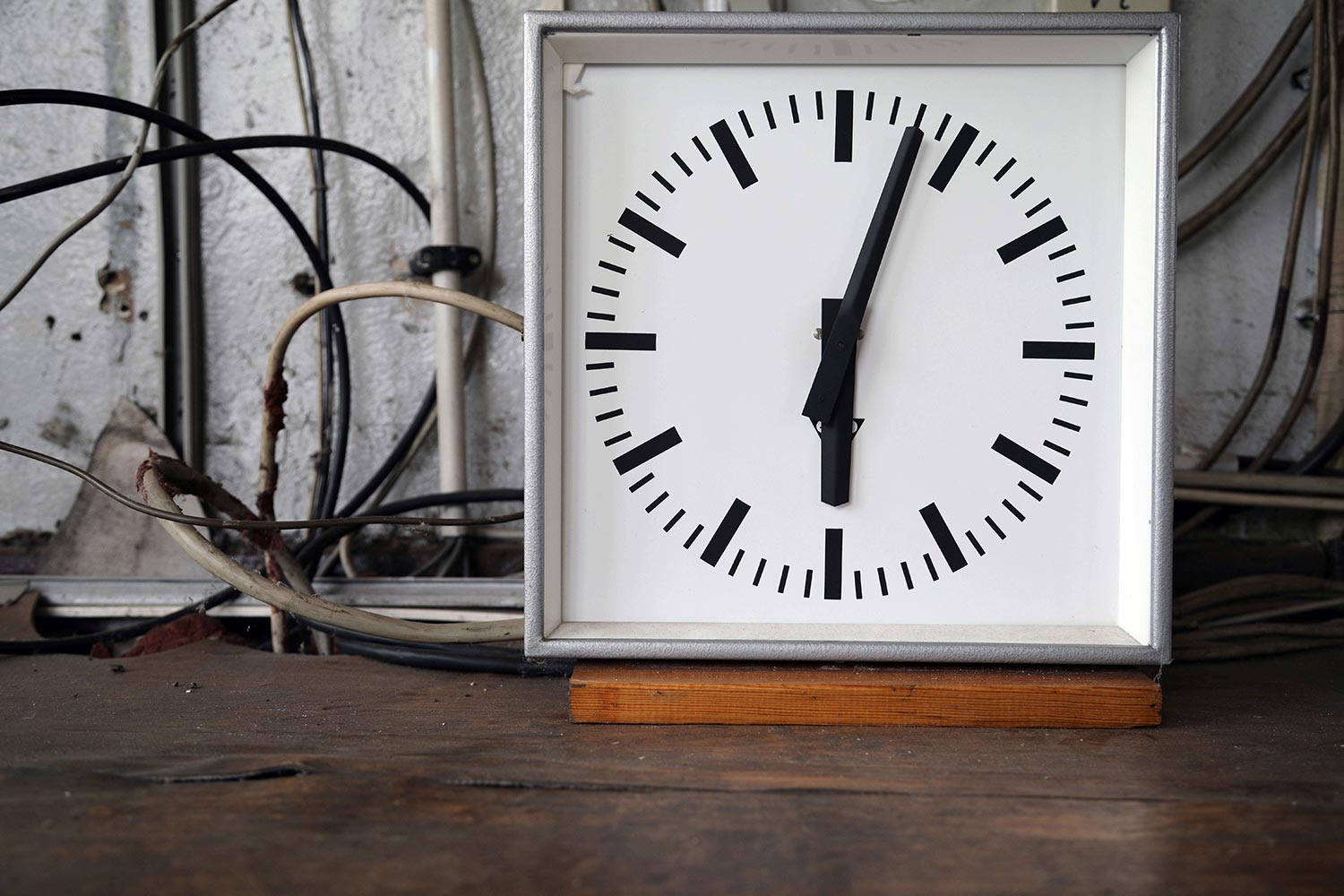
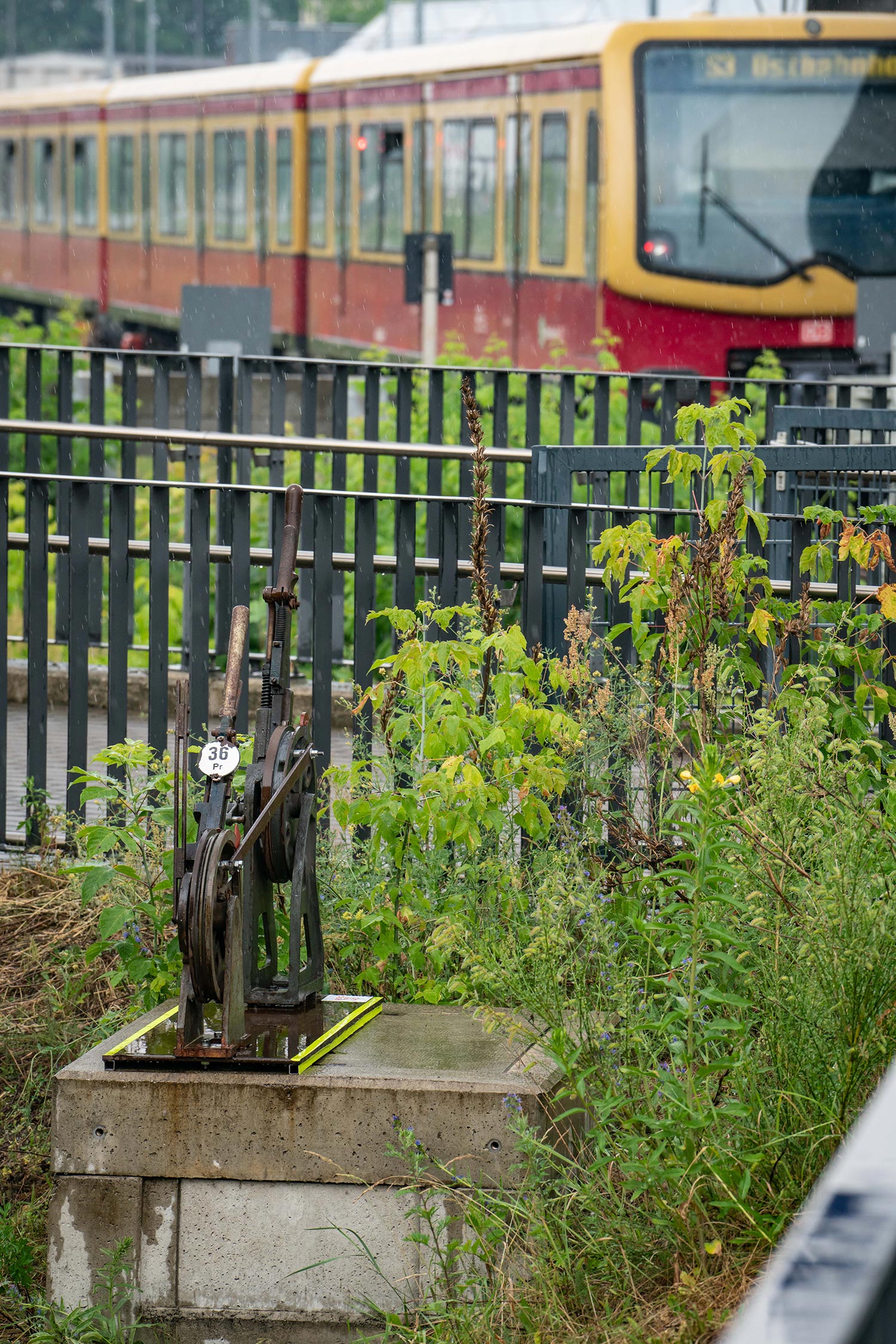

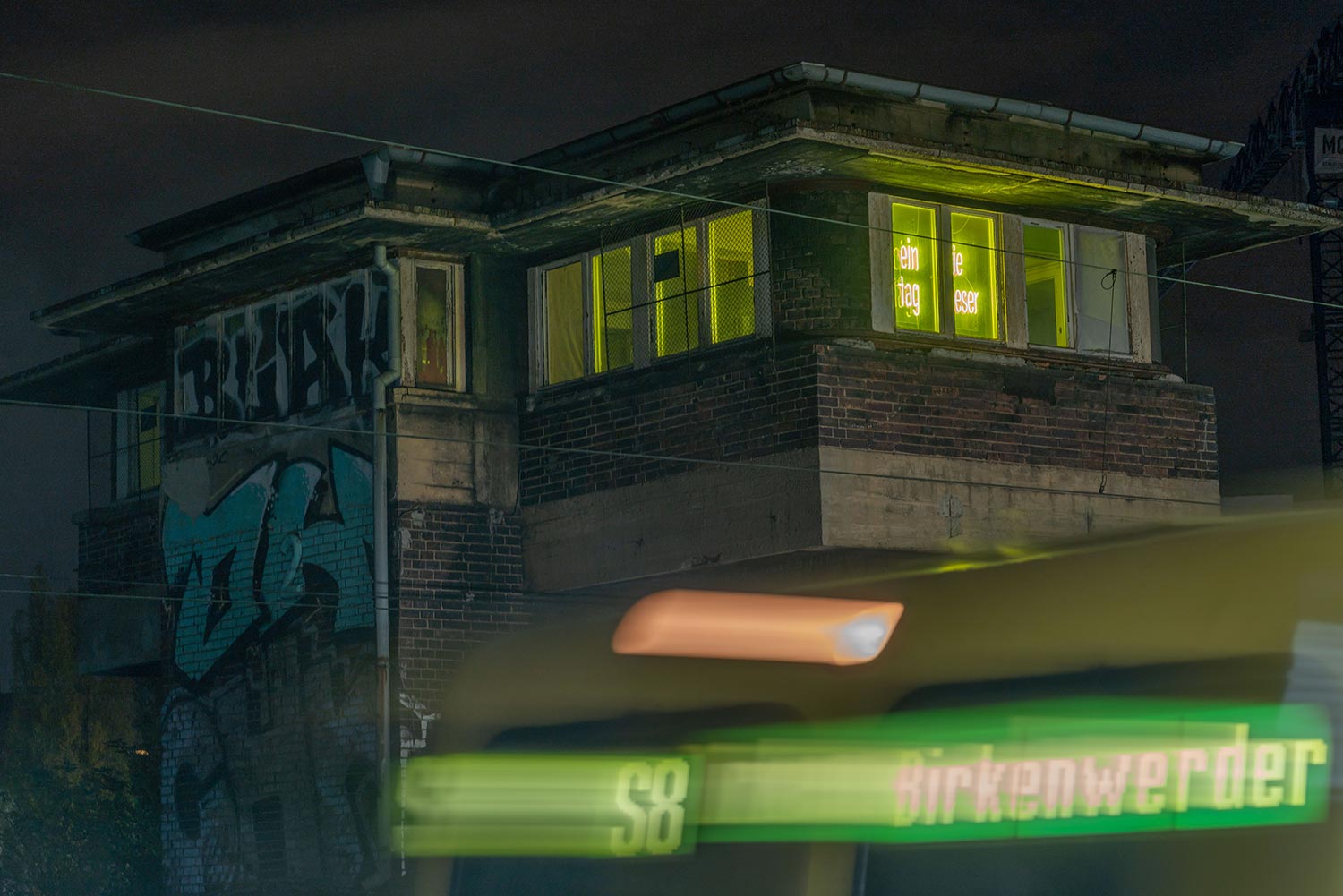
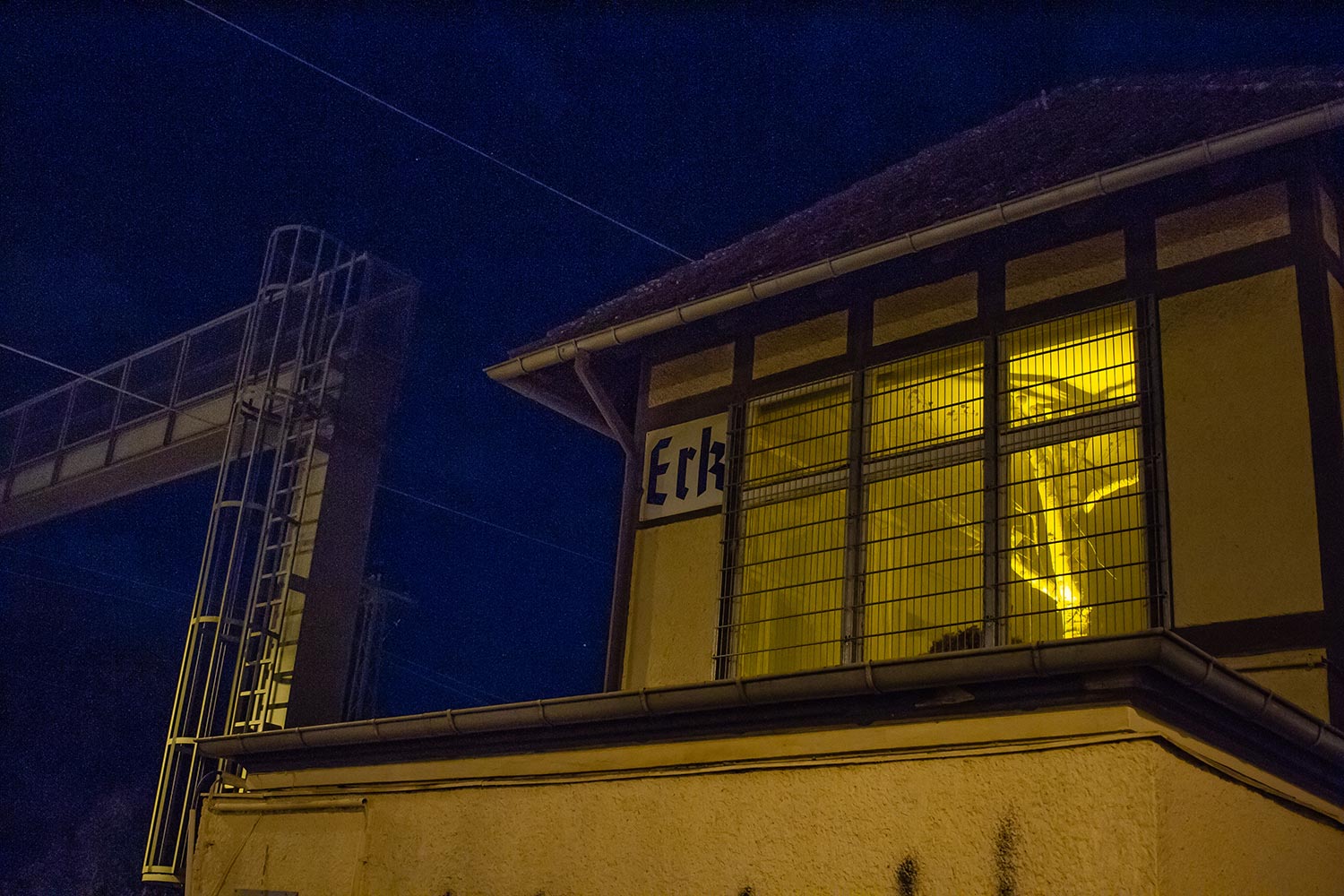
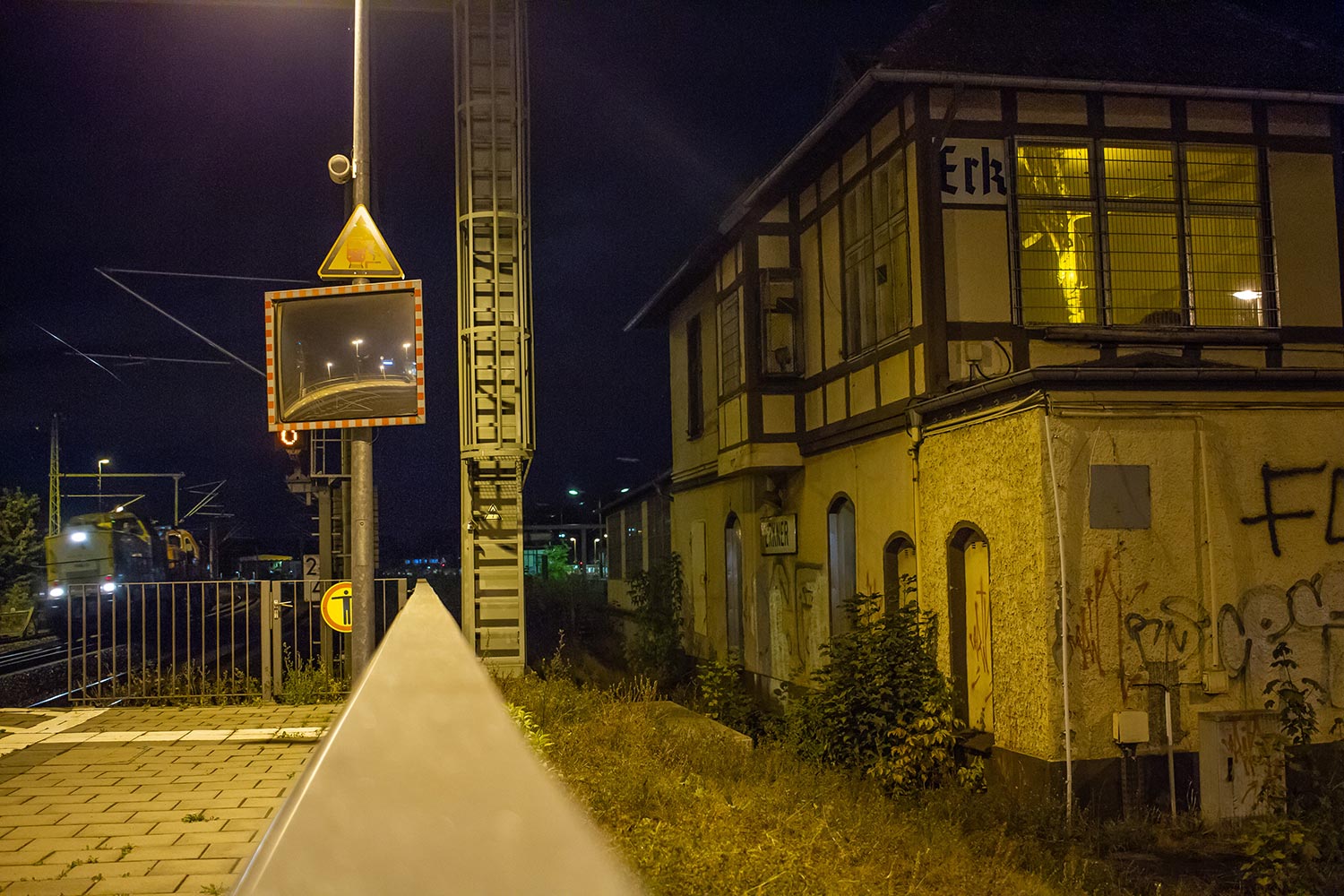
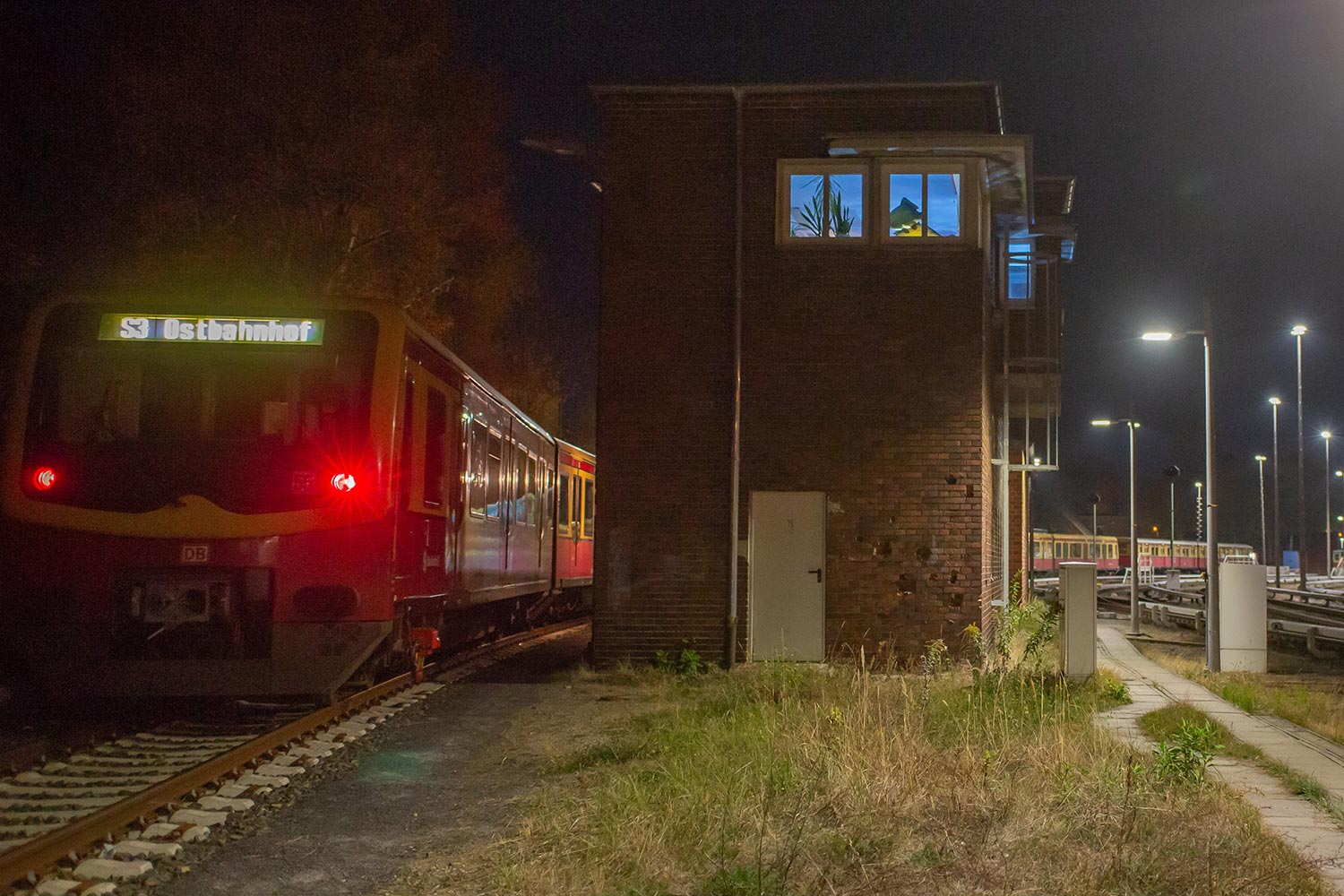
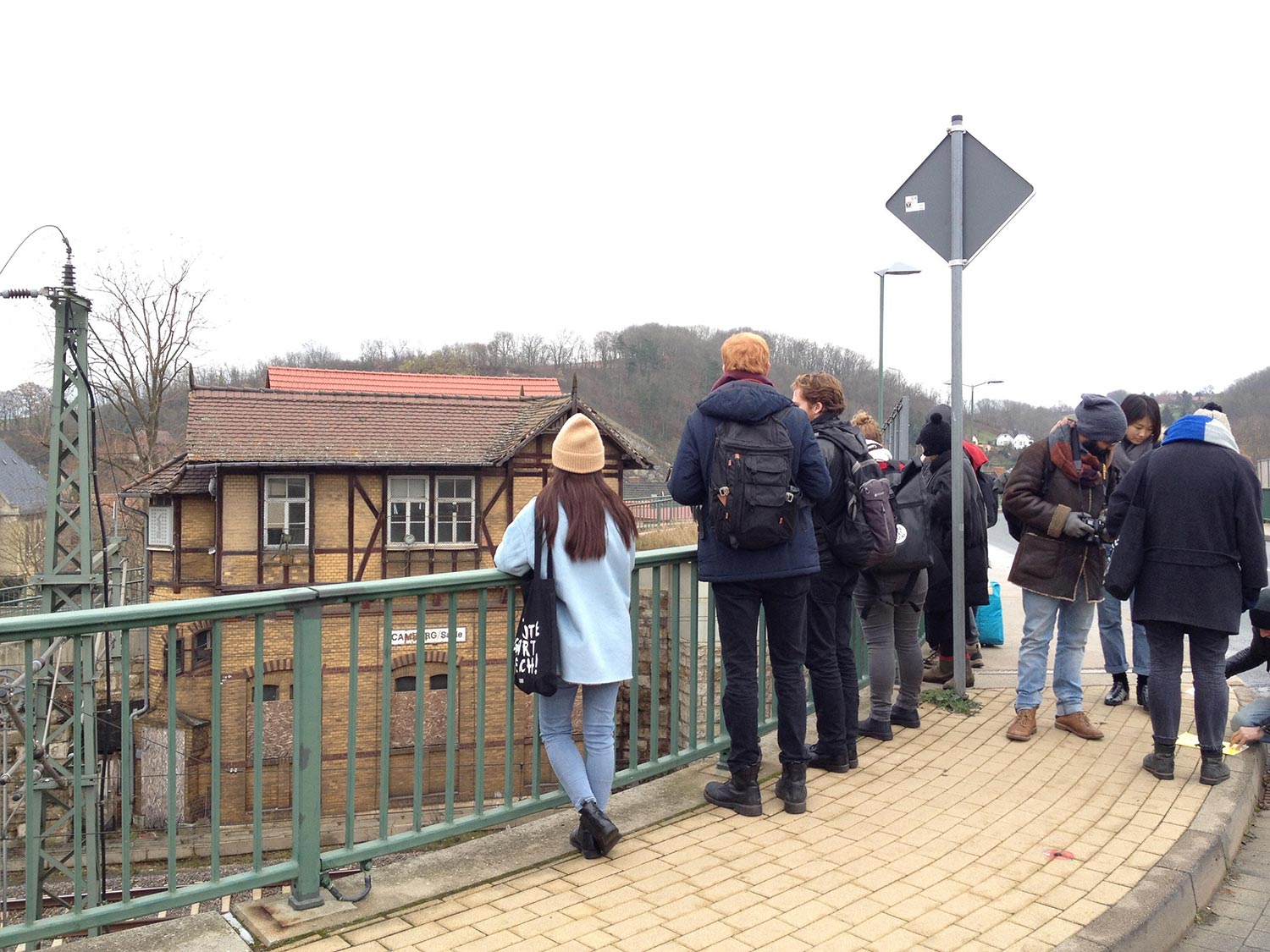




“Making art means for me creating spaces of (new) possibilities. Illustrating this train of thought, Along the Lines is an art practice making space along frequently travelled train tracks, in an otherwise impossible context, changing our daily train travels and illustrating the transformative power of art work.”
Along the Lines is the vision of a platform for art in a public space transforming former interlocking towers along the railway tracks for train passengers. I have kicked off the initiative in Berlin with pilot exhibitions connecting different towers along the Circle Line (Ring Bahn) and S-Bahn Line 3, funded by the prestigious Capital Cultural Fund (Hauptstadtkulturfonds).
Along the Lines is art research focused on the unexplored potential of disused railway infrastructure, which has grown into a self-initiated artist in residency with the German Railway (Deutsche Bahn).
In the process of automatizing and centralizing the railway, the interlocking towers have been progressively losing their former function. Initially, the complexity of the railway network required interlocking systems, to prevent collisions, but after loosing their initial function, the towers currently face a similar conflict: they find themselves too close to the railway tracks, sometimes in between the tracks, which makes it unlikely that they can be repurposed, due to security concerns.
Central for Along the Lines isthe gaze of passengers through the train windows. I have turned the towers’ close proximity to the railway tracks from a disadvantage into an advantage by installing art for the train passengers, to be seen from the trains and from the train platforms. I have worked with light, because this medium has allowed me to create works at the border between the possible and the imaginary. As such, the time in between the stations has gained a different meaning: one experiences public art instead of a solely functional ride, the traveler becomes an art viewer.
Early results of this artistic research practice point towards the transferability of the working methods, so allowing the transformation of towers into art spaces in other regions, nationally and internationally.
I am a city researcher, lecturer, artist and curator. With a background in visual arts, public policy and law, my work has become focused on public space and the railway context. I am currently pursuing my artistic PhD at the Bauhaus University Weimar, with a focus on preservation of (disused) railway architecture, art in public space and practices of space-making. I have exhibited in solo and group shows in Germany and abroad, such as Asphalt Grün at the Peter-Behrens-Halle in Berlin, a cooperation with Berlin’s Cleaning Services, Rabbits and Rails at Halles des Saint Géry in Brussels, and Lumbung Lounge at Kulturbahnhof in Kassel, an installation work inviting other artists to screen videos on the topic of waiting. I work in various media, including installation, text, public art, interdisciplinary events, public discussions, and art research.
I am currently teaching classes of my own design at Bauhaus University Weimar. These take place partly on trains where students transform their travels into art. They travel on regional trains through Thuringia, visit former interlocking towers, learn about the aesthetic of train travel and work in various art mediums. Initially designed for students of the MFA Public Art and New Artistic Strategies, the course concept has further developed into an interdisciplinary format across the faculties and an international summer school at Bauhaus University Weimar.
In 2021 I was a Fellow at the Leibniz Institute, part of the research project Public Transport as Public Space. I regularly participate as a speaker and moderator in discussions on topics of public art, space-making, and co-housing. I work as jury member in public competitions for art in public space and I am part of different networks for public art and independent art spaces in Berlin.
Along the Lines finds its home in between art and architecture. The railway employees are connected to professionals interested in disused spaces along the train tracks. Through public talks, Along the Lines creates an intangible space for discussions about the potential of the railway architecture, the roles of Deutsche Bahn and artists in our societies. The art installations have activated disused interlocking towers, and in so doing they have highlighted the potential of otherwise empty spaces, through a silent critique. Transformed into art spaces, the former towers not only gain a new life through their adaptive reuse, but they cater as such to a new art audience, the railway travelers. The vision of Along the Lines can be understood as a critical spatial practice, implemented through space-making, and the ‘architecture‘ made out of my cooperation with the Deutsche Bahn, exhibitions, discussions, and university classes.
While working on the first exhibitions, Gaston Bachelard’s Poetics of Space (Boston, [1958] 1992) has been inspiring in terms of his reference to the fascination of closed drawers as opposed to any treasure entirely revealed. The interlocking towers stayed closed to the visitors during the exhibitions, who were only able to witness them from the outside, either from the trains passing by or from the train stations, looking at the art installations through the windows of the towers – an invitation to further imagine. The art works revealed only so much, in order to make the viewers curious.
Wolfgang Schivelbusch’s The Railway Journey (Berkley, 2014) has also been inspiring in terms of his description of the passengers’ gazes through the train windows and their relation to the outside landscape.
Miwon Kwon’s One Place after Another: Site-Specific Art and Locational Identity (Cambridge, 2002) has been relevant in terms of anchoring the site-specific art of Along the Lines in a wider socio-political context, responding to surroundings and the need in Berlin for art spaces.
Along the Lines was created out of my passion for train travel and my curiosity concerning the eclectic looking interlocking towers. When contextualizing my art practice, Along the Lines, after the pilot exhibitions, I have recognized connections to other projects and artists, such as Datenstrudel’s Moving Landscapes (Germany, 2017) in terms of creating an art audience out of train passengers and Adam Fremlin and Barbara Nelson’s Breathing Lights (New York State, 2016), in terms of the possibilities for activating spaces with light. The context of cooperating with the Deutsche Bahn over many years and creating art with a bureaucratic organization connects Along the Lines with Mierle Laderman Ukeles’ residency with New York City’s Cleaning Services (New York, 1970s) and Barbara Steveni’s Artist Placement Group (London, 1965–).



































































